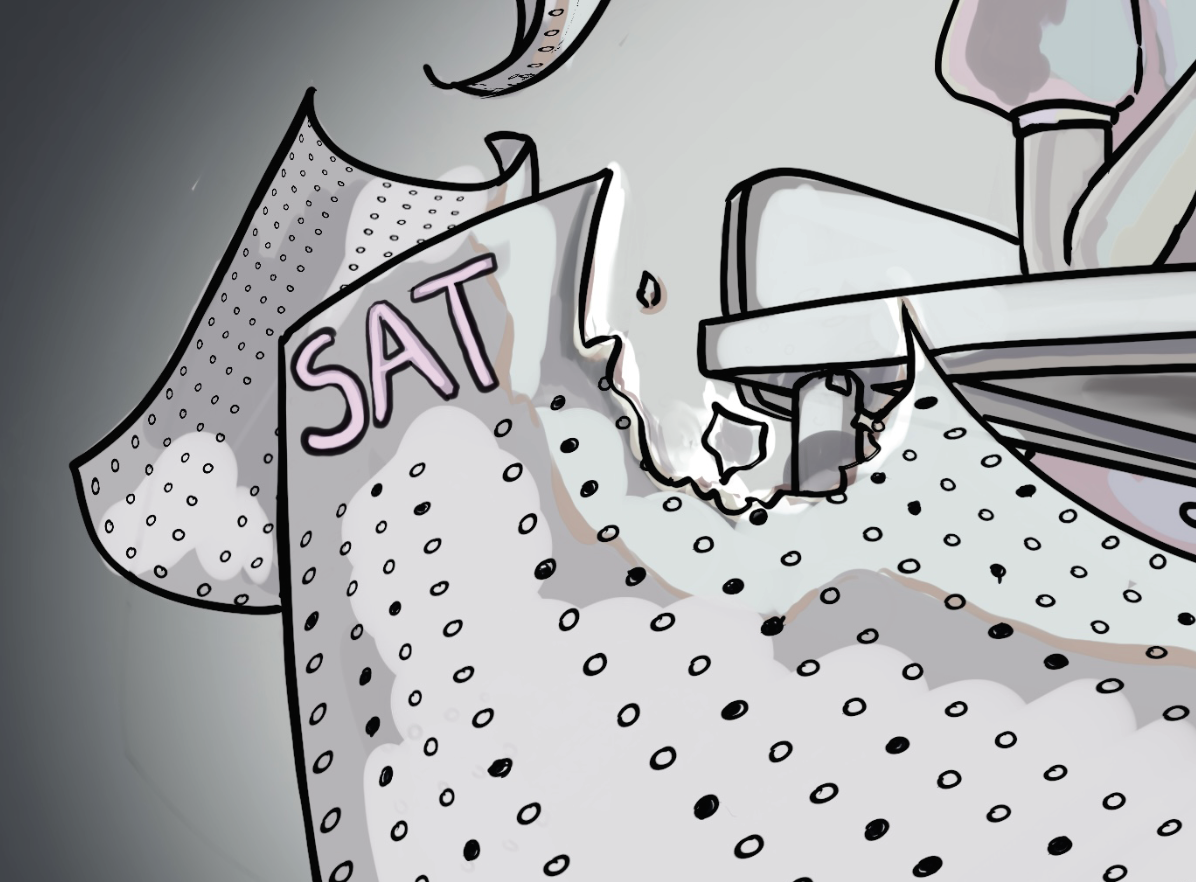Beginning in 2024, the SAT will only be offered digitally. While signature features of the test will remain the same, such as the 1600 scale and designated testing locations, the digital exam will look significantly different. The test will be shorter, decreasing from 3 hours to 2 hours, and the “no calculator” portion of the exam will be removed.
Perhaps most notably, though, the new test will be adaptive. Depending on the performance of an exam taker in the first section, the questions in the next section will adjust in difficulty. More points will be awarded for correct answers to difficult questions and fewer for easier ones.
While there are pros and cons to these changes, issues with inaccessibility and test-taker comfort tip the scale to make the shift to digital more detrimental than beneficial.
The digitalization of the SAT poses accessibility issues. While the College Board promises to provide students with computers to take the test, many students do not have access to devices on which they can study.
There is a common phrase– “practice how you play.” For optimal performance, it is important that students are able to study using the medium they take the test on.
Underprivileged test-takers who do not have personal computers or access to Wifi will be at a disadvantage. Considering the fact that there are already equity issues with the SAT (i.e. access to private tutors) these new sources of inequality should be a major concern.
Using computers to take the SAT also heightens the likelihood of test-day disruptions. WiFi could shut down, computers could malfunction, or servers could fail.
While it is possible that paper tests could also be disrupted by, for example, malfunctions with bubble sheets or processing software, these have nothing to do with the test-day environment. The unpredictability of technology on test day itself could be a source of anxiety for students.
The College Board claims that the shorter, adaptive test will lead to a “more efficient assessment of students’ academic strengths.”
They also claim that scoring will not change. For example, a 1250 on the digital SAT will correspond to a 1250 paper score.
However, on a paper test, the questions are set when the exam is printed. On the new test, the questions on the second section change depending on your performance on the first.
The change means that every student is taking a different test, essentially unstandardizing what claims to be a standardized test.
In an increasingly digital world, it is necessary to evaluate whether digitalization is always worth it.
In the case of the SAT, it is not. To prevent even more accessibility issues and disruptions and to remain standardized, the SAT ought to remain on paper.







